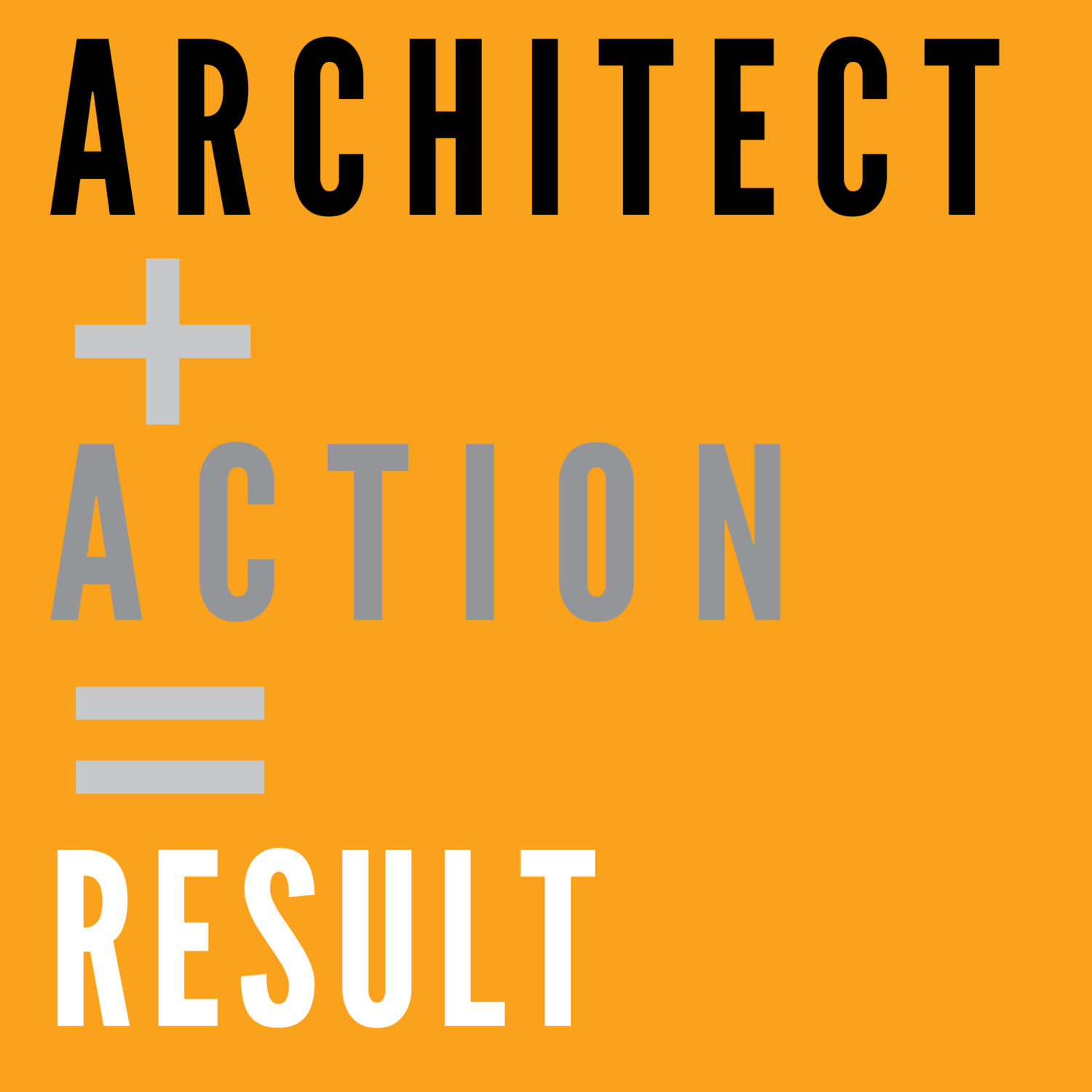Winning Words: Never Bore Your Reader
Imagine the effect of reading proposal after proposal responding to your RFP/RFQ. As they sift through the sea of language sameness, we don’t want this to happen.
Passion: a type of strong and barely controllable emotion
Desire: a feeling or craving for something*
I’m so grateful for all who attended my AIA25 session in Boston, “Winning Words: Proposal Writing for Impact.” I’m happy to learn many of you will take the tips and strategies into your working world.
Our fundamental goal is never to bore our readers or clients.
Passion & Desire
During the session, I encouraged attendees, and every architect and designer no matter their focus, to be unafraid of words like “passion” and “desire” when thinking about your work and why you do it.
These emotive words may not be appropriate to throw at your clients. My intention in connecting you to them is so you can better articulate why you’re in this profession in the first place and what your intention is in the work you do.
So, don’t run up to your client and say, “I desire to do this project.” Instead, you must also know their desires, needs, problems and frustrations first, before engaging with them. For now, let’s get more into why passion and desire are important…
Your Voice
In From Where You Dream by the brilliant Robin Olin Butler (which you don’t need to read unless you’re a creative writer), Butler writes, “Every story has a character full of desire.”
You, and those you work within a firm, are the voice—the “point of view”—behind everything you write or speak about your work. You are, essentially, the pivotal character in a story about architecture, its meaning and value, and the important role buildings and spaces play in the lives of everyone.
So, don’t be afraid to feel and connect with the desire and passion behind your story. Use that connection to frame your intention and aspirations for an approach, a firm, a project, with a client or on the subject of architecture in general. Without articulating the passion and desire you have for your work and the results, you leave your intentions and aspirations, and those of your buildings and spaces, voiceless. And, frankly, you make anything you put out there for others to read dull.
Of course, after all I shared in my AIA25 presentation (and the new book cobbled together from that presentation) on how to get your voice out there, shape stories about the work you do, and articulate the resonance resulting from your initial desire to be an architect in the first place, it’s not about you. It’s first, always and forever about others. Those non architects who use our work—many of whom don’t even know they are using architecture.
If you are interested in creating great stories about architecture, architects, architectural practice, and your projects or if you’re planning to pursue Fellowship in the AIA College of Fellows, please check out my books here or through your favorite e-bookseller.
* Both descriptions come from Google search.

